Scientists Are Using Nuclear Tracers to Map Arctic Ocean Changes as It Warms Up
The Arctic Ocean is heating up at a rate four times faster than the rest of the world’s oceans. This dramatic shift could have profound effects on global weather patterns and climate.
Understanding these changes is crucial, and scientists are working hard to gather data that will help predict future shifts in the ocean and the atmosphere.
Using Radionuclides to Track Currents
Scientists are using radionuclides, or radioactive isotopes, to track ocean currents. These isotopes, iodine-129 and uranium-236, were introduced into the environment during nuclear testing in the 1950s.

Source: Freepik
Although they are now dispersed, they can still be traced, helping researchers understand the movement of water masses in the Arctic.
The Synoptic Arctic Survey
The Synoptic Arctic Survey is one such effort to study the Arctic Ocean. This project aims to provide a comprehensive understanding of ocean currents and other changes in the Arctic.

Source: Wikimedia
By tracing the paths of these radionuclides, scientists can get a clearer picture of how water moves through this rapidly changing region.
Journey to the Canada Basin
In a study published in Journal of Geophysical Research: Oceans, researchers used these tracers to map the path of water from the Atlantic Ocean into the Canada Basin.
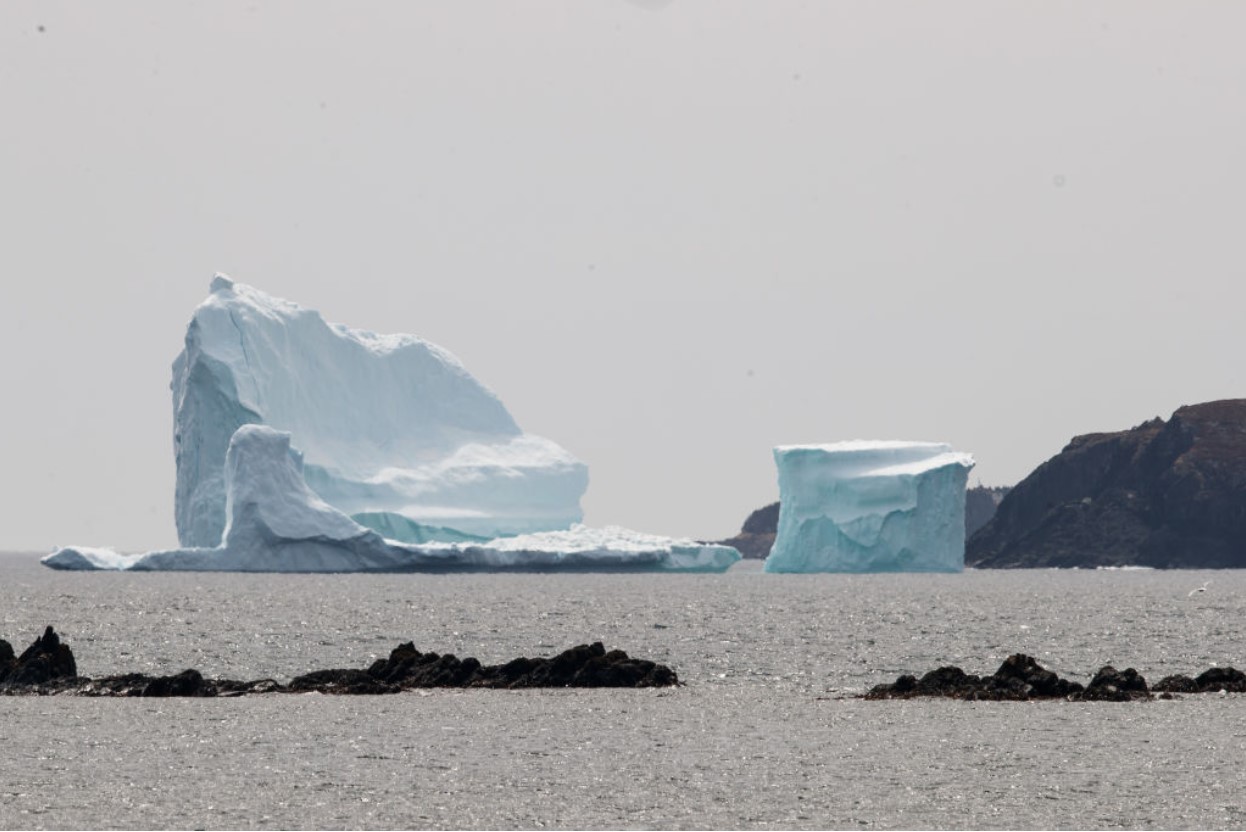
Source: Drew Angerer/Getty Images
The samples were collected during the 2020 Beaufort Gyre Observing System/Joint Ocean Ice Study expedition. This research provides valuable insights into the behavior of Arctic currents.
Two Paths into the Canada Basin
The study found that water flowing into the Canada Basin takes two main paths: one across the Chukchi Plateau and Northwind Ridge, and another along the perimeter of the Chukchi Plateau.
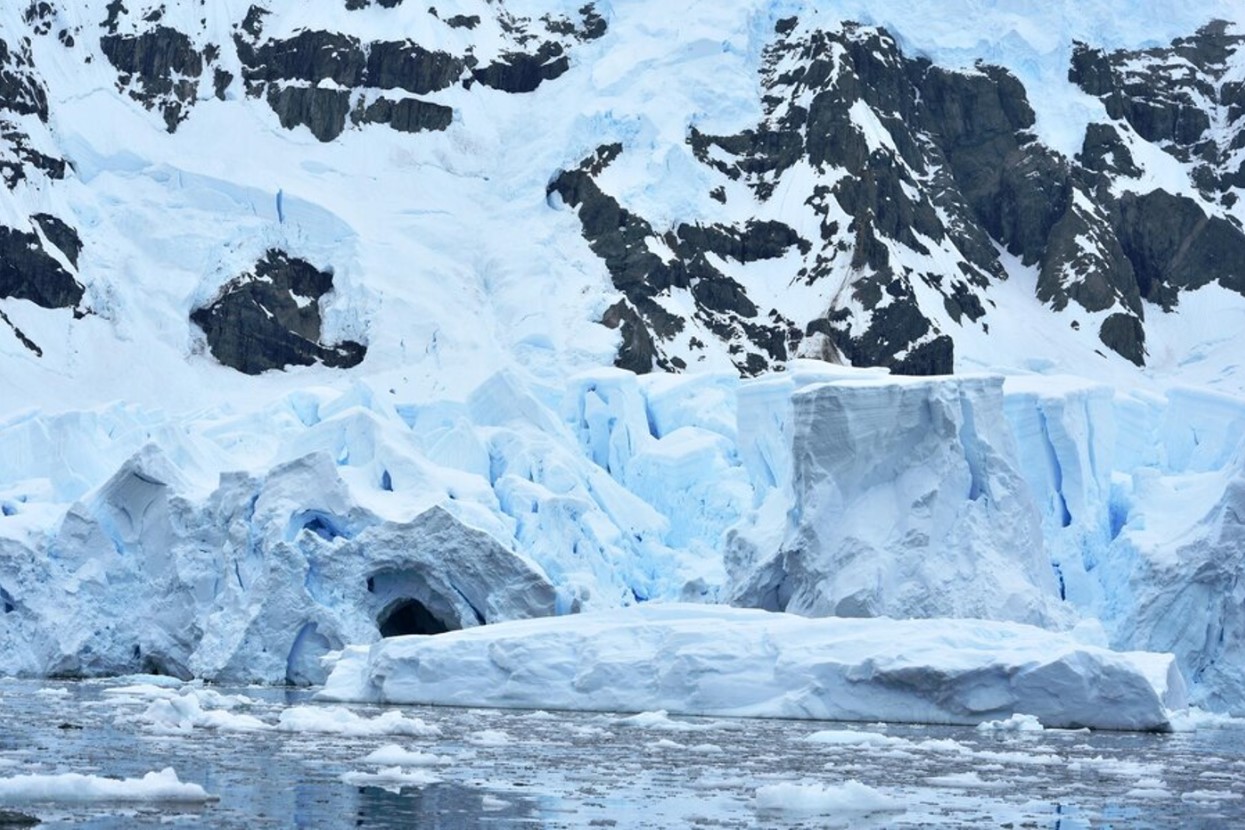
Source: Freepik
This dual-path movement helps scientists understand the complexity of water circulation in the Arctic Ocean.
Mixing of Atlantic and Pacific Waters
Interestingly, about 25-40% of winter water from the Pacific Ocean contains markers of Atlantic water by the time it reaches the Canada Basin.

Source: Muffin Creatives/Pexels
The mixing occurs due to upwelling on the Alaskan Beaufort Shelf or in Barrow Canyon, which lies at the boundary of the Chukchi and Beaufort Seas. This finding highlights the interconnectedness of the world’s oceans.
Stable Transit Times
Despite the rapid warming, the study notes that transit times for Atlantic waters entering the Arctic have remained stable over the past 15 years.
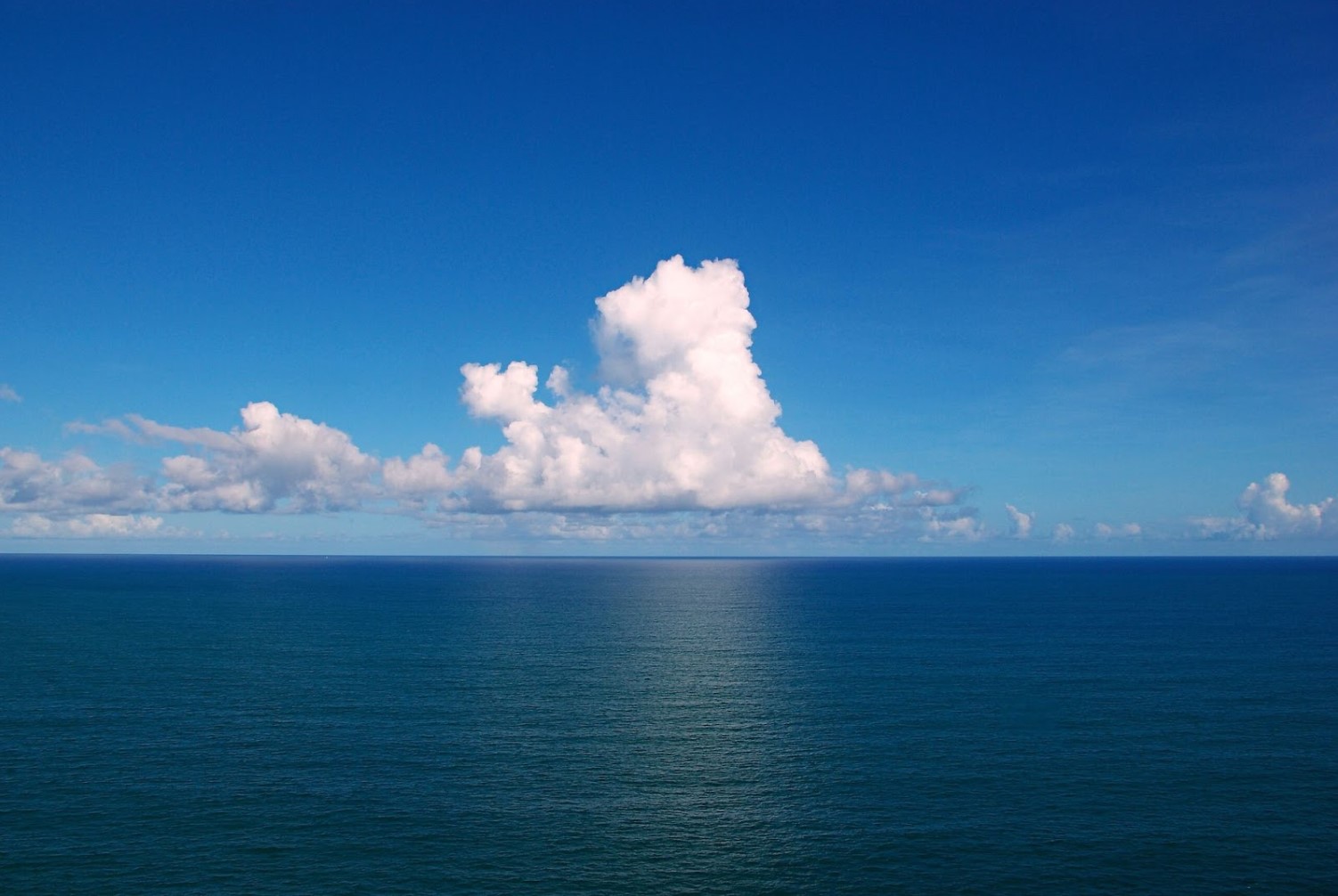
Source: Wikimedia
This indicates that the currents have not significantly changed, providing a consistent basis for further study and prediction models.
Future Research Directions
The researchers plan to expand their sampling area to the continental slope near Greenland and the Canadian Archipelago.

Source: DC Studio, Freepik
Expansion will help reveal how water flows out of the Arctic into the Atlantic Ocean, improving our understanding of this dynamic and rapidly changing region.
Importance of High-Resolution Data
High-resolution data from these studies are important for creating accurate models of ocean circulation.

Source: Wikimedia
By using iodine-129 and uranium-236 as tracers, scientists can obtain detailed information about the movement of water masses, which is essential for predicting future changes in the Arctic Ocean and beyond.
Understanding Climate Impacts
The findings from these studies are not just about mapping currents. They also have broader implications for a more holistic understanding of climate change.
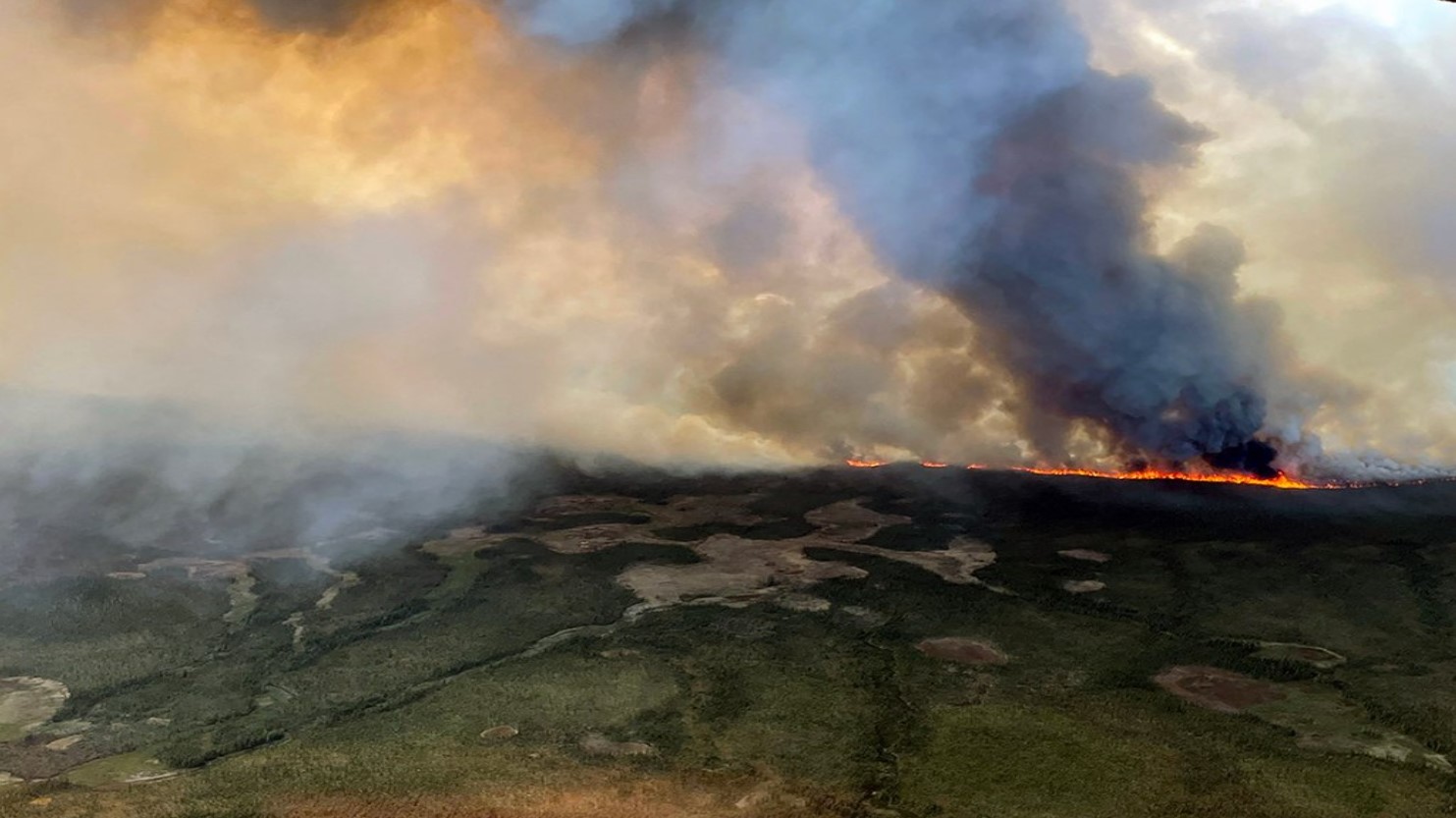
Source: National Interagency Fire Center/Wikipedia
As the Arctic warms, changes in ocean currents could affect global weather patterns, sea levels, and marine ecosystems, making this research vital for future climate predictions.
The Role of Nuclear Tracers
Nuclear tracers like iodine-129 and uranium-236 play a critical role in modern oceanography.
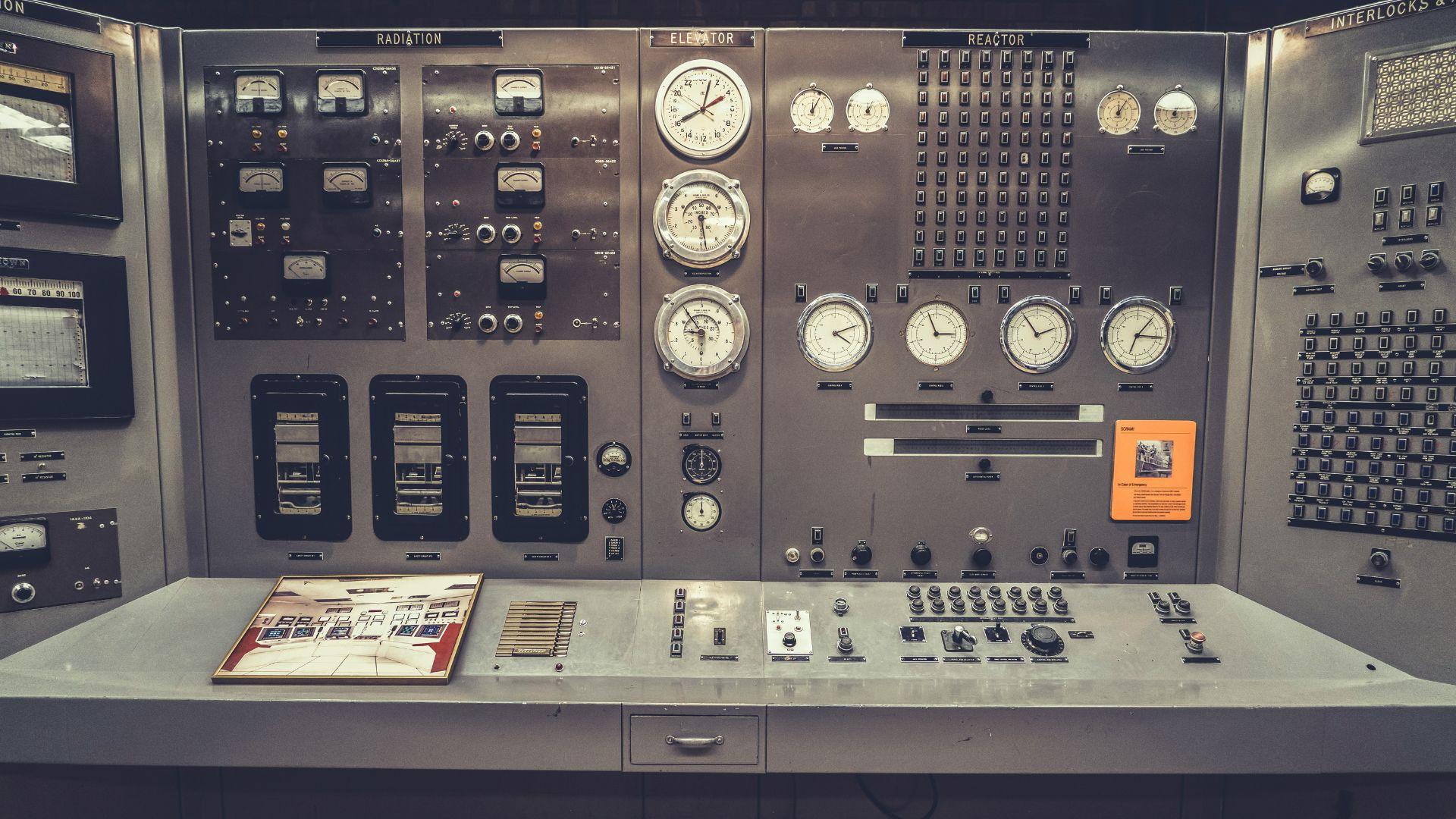
Source: Dan Meyers/Unsplash
Despite their radioactive nature, these tracers are invaluable tools for scientists studying the complex movements of ocean currents and the impacts of climate change on our planet’s waters.
Collaborative Efforts in Arctic Research
The study is part of a larger collaborative effort involving multiple research institutions. These collaborations are essential for pooling resources and expertise to tackle the complex challenges posed by the rapidly changing Arctic environment.
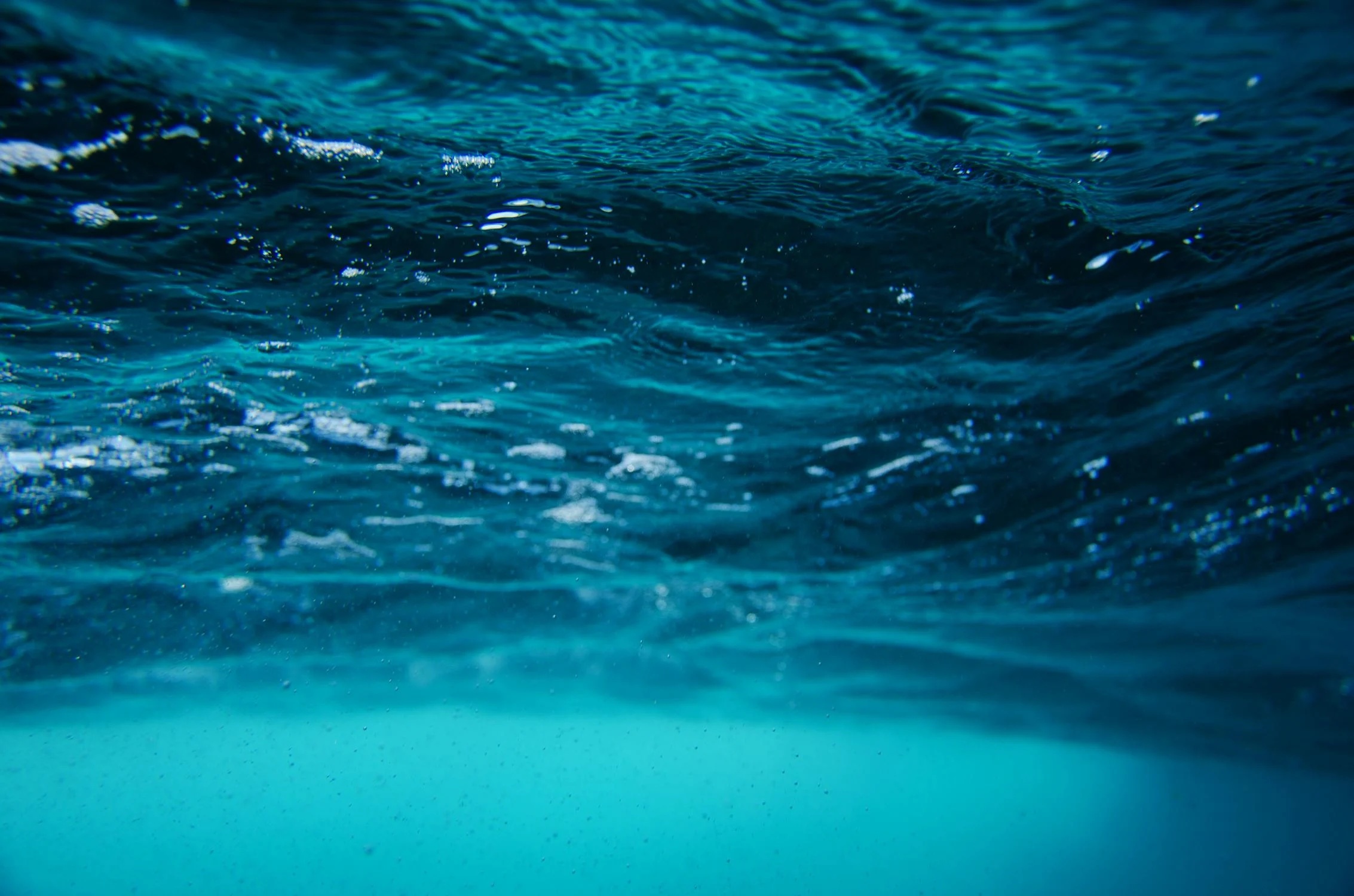
Source: Emiliano Arano/Pexels
By working together, scientists can develop a more comprehensive understanding of this critical region.
